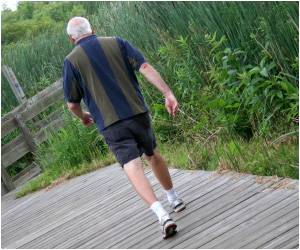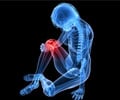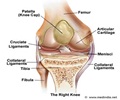Recreational running helps individuals to improve their hip and knee joint health. These runners are those individuals who run in a nonprofessional context.

Further, the evidence suggests recreational running may have benefits for hip and knee joint health. An international team of researchers in Spain, Sweden, the United States, and Canada aimed to evaluate the association of hip and knee osteoarthritis with running and to explore the influence of running intensity and years of exposure on that association.
They found in their systematic review of several studies investigating the relationship between running and arthritis of these weight-bearing joints that only 3.5% of recreational runners developed hip or knee arthritis. This was true for both male and female runners.
Their findings further indicated that remaining sedentary and forgoing running for exercise was associated with a rate of knee and hip arthritis of 10.2%, while training and running competitively increases the incidence of arthritis in these joints to 13.3%.
The study's authors noted that other researchers who have also found a link between high-volume and high-intensity runners and knee and hip arthritis define exercise at this level as running more than 57 miles (92 km) per week.
"The principal finding in this study is that, in general, running is not associated with osteoarthritis," said lead author Eduard Alentorn-Geli, adding, "the novel finding in our investigation is the increased association between running and arthritis in competitive, but not in recreational, runners."
Advertisement
The study's authors then conducted a meta-analysis of studies, comparing this occurrence between runners and sedentary individuals who did not run.
Advertisement
The researchers calculated the prevalence rate and odds ratio (with 95% confidence interval [CI]) for osteoarthritis between runners at both competitive and recreational levels and sedentary individuals. They also performed subgroup analyses for arthritis location (hip or knee), gender, and years of exposure to running (less or more than 15 years).
Alentorn-Geli and his colleagues were not able to determine the amount of running that is safe for these joints. The study's authors also cautioned that they did not assess the impact of obesity, occupational workload, or prior injury on the future risk of hip and knee arthritis in runners.
The study appears in the Journal of Orthopaedic & Sports Physical Therapy.
Source-ANI















